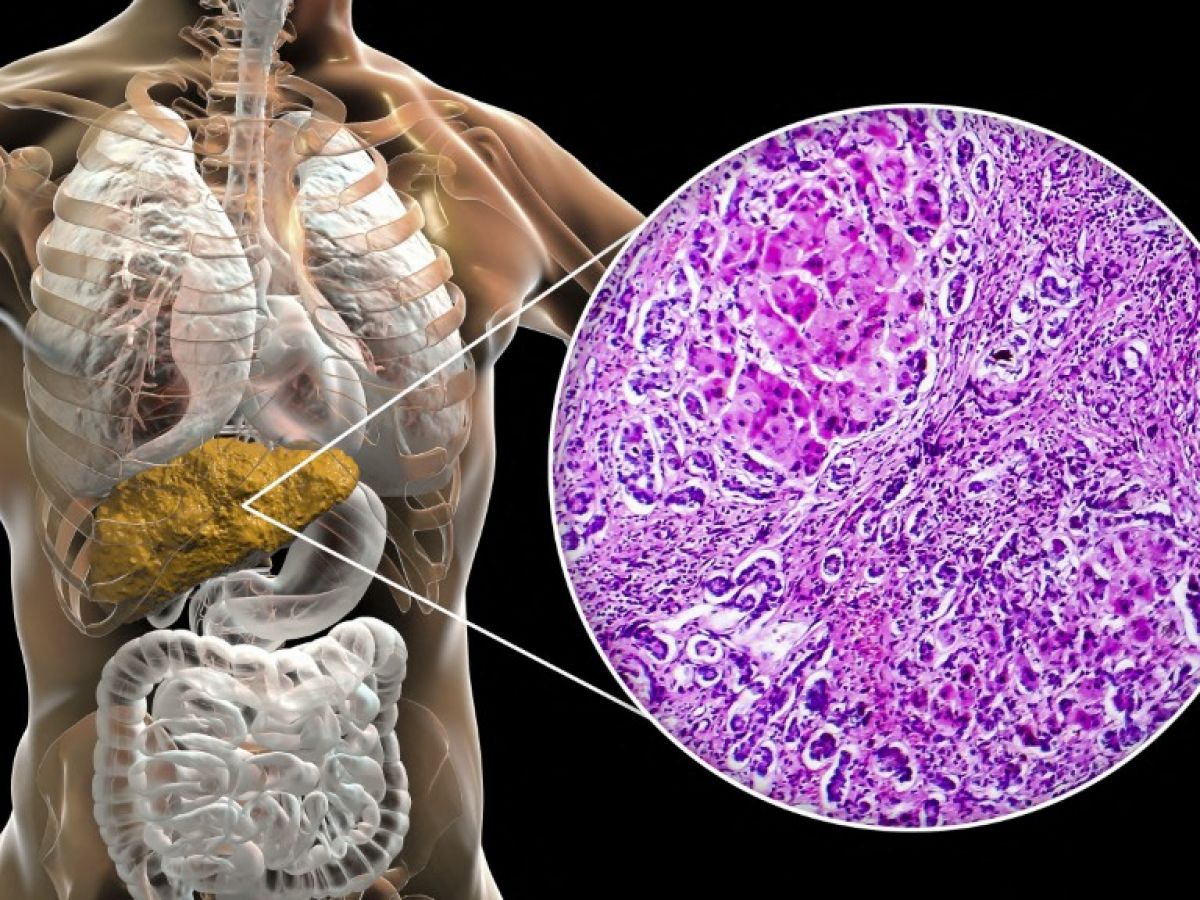In the human body, the liver has a great particularity: that of being able to regenerate itself. Except when it suffers from chronic diseases, which regularly damage it. In the case of a cirrhosis for example, or when part of the liver is removed due to a tumor. But the discovery of a new mechanism for rapid liver regeneration offers hope for these particularly serious cases. Researchers have discovered that within the first few minutes after the liver is damaged, a process is triggered to try to repair the organ. At the heart of this reaction is glutamate, an amino acid that plays a crucial role, the scientists write in the journal Nature.
The liver is a vital organ: it is crucial for digestion, the balance of our metabolism, and the elimination of toxins from the body. When it no longer functions properly—as in cirrhosis—it functions less well, to the point that liver failure sets in, toxic substances accumulate, and metabolic imbalance sets in. These serious dysfunctions can lead to fatal complications if not properly treated.
Replace damaged cells
It was already known that the liver regenerates itself using its own cells, the hepatocytes, but the process was not fully understood. As soon as part of the liver is removed or damaged, the remaining hepatocytes begin to proliferate in an attempt to rebuild the lost tissue. "Thirty minutes later, this process is already visible" explains Dr. Nabil Djouder, head of the "Growth Factors, Nutrients and Cancer" group at the Spanish National Cancer Research Center (CNIO) and author of this study.
We must not imagine the liver " push back " of itself in the body. Rather, it is a gradual replacement of damaged cells with healthy cells. " This complex and relatively rapid process allows the liver to heal after surgery or injury, such as hepatectomy (a partial or total removal of the liver, editor's note),” explains Dr. Djouder. But in patients with very advanced fibrosis (the scarred tissue no longer functions) or cirrhosis (the lesions prevent the liver from functioning), the liver loses its ability to regenerate. Hepatocytes no longer proliferate due to excessive scarring, which leads to numerous dysfunctions, sometimes leading to death.
Read alsoUnusual: Why your liver is no older than 3 years old, no matter your age
In mice, a liver " nine " in seven days
But a new discovery offers hope for these extreme cases. It reveals how the liver uses bone marrow and the immune system to achieve this feat. The link between all these elements: glutamate. After a significant injury, liver cells produce glutamate, sending it into the bloodstream so that it reaches the bone marrow. There, inside the bones, they activate monocytes, immune cells. These then travel to the liver and transform into macrophages, immune cells. They then secrete growth factors into the organ and trigger the production of new liver cells. This rapid chain reaction can initiate a repair process within minutes.
For now, this work has been conducted on a mouse model, but the initial results are encouraging. The mice were given powdered monosodium glutamate (MSG) in water. In these experimental models, the organ managed to fully regenerate in 7 to 10 days. This treatment is neither heavy nor expensive, and could be transposed to humans. For example, patients could be given glutamate supplements after liver removal or in cases of cirrhosis." suggests Dr. Djouder, or even in patients waiting for a liver transplant. It could be administered in different forms, tablets, powder or intravenously depending on the therapeutic needs. »
However, further research will first need to demonstrate the same results in humans and determine the ideal dosage of glutamate. When administered in excess, it exacerbates liver dysfunction rather than promoting regeneration.


